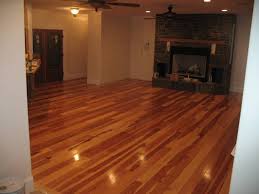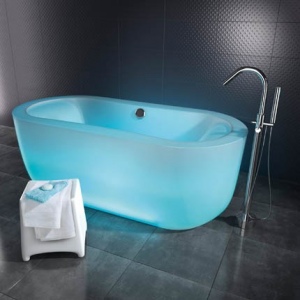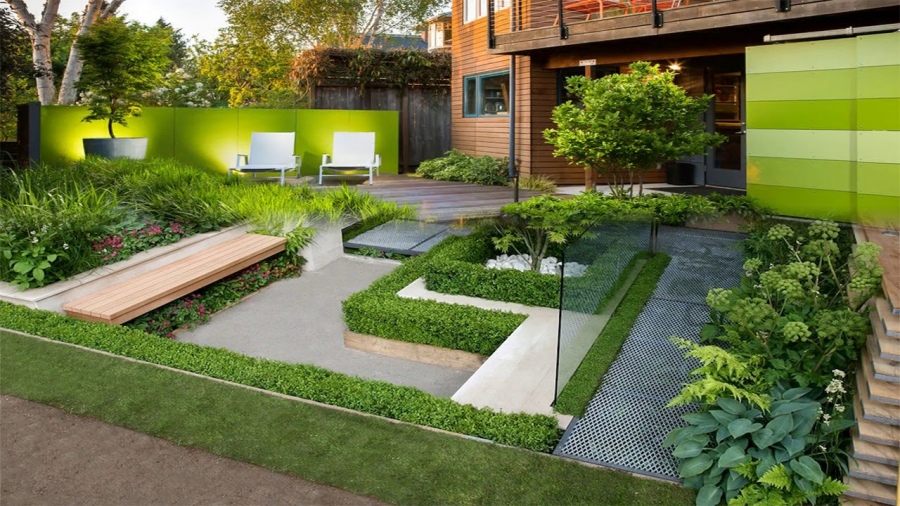What’s a finish, and why does it matter?
It’s not enough to know what type of wood you should use in your flooring or what installation system should be used. The flooring surface is also significant, as this can influence the ease of maintenance, the cost, and the overall result of this home improvement endeavour.
Unfinished
The texture of unfinished flooring is raw and does not have any of the special layers of protectants and coatings. In short, this is bare wood that still needs to be sanded and coated with stain and varnish.
Perhaps you may be wondering why anyone would want to install flooring that still needs a lot of work. This is because adding finish to the strips after they have been installed helps ensure that your floors are even and sealed. You can make small changes after installation to make sure all slabs are perfectly level, which is not the case with the prefinished flooring.
Furthermore, flooring that is sanded on site tends to be flatter and have none of the bevelled edges prevalent in the prefinished ones. The installer can also smooth it without worrying about thinning or damaging it to the point of replacement. Prefinished flooring, once damaged or thinned excessively, needs to be ripped out to make way for a new one.
Another difference, which is also an added benefit, is that unfinished flooring strips can be made to match the existing slabs in your home. This way, you don’t have uneven-looking floors or spend too much time looking for matching flooring strips.
Prefinished
Strips of wood that have already been coated many times over with protective layers that add an appealing shine and stain are easier and more convenient to install than those than unfinished strips .
Prefinished flooring materials usually come in installation systems that allow you to click or link the pieces together without hammer or nail. You just need to cut their lengths to fit them together perfectly. You don’t need as many tools, either.
Prefinished flooring strips allow you to use the room as soon as prefinished slabs are securely fitted into place. There is no waiting time involved, unlike the custom-sanded ones where you need to let the sealant and coatings dry and set first. In addition, with prefinished flooring, you’re more likely to get a finish warranty from manufacturers.
These ready-to-use components, however, can show up uneven portions of the flooring base. It’s usually not the best practice to sand prefinished slabs to evenness because the top layer of prefinished timber is usually thin. To prevent this from happening, you need to fix the base first and make sure it is smooth and bump-free so that the final result will be perfectly level.
Some Last Words
With unfinished flooring that still needs to be sanded and polished on-site, you will be spending more for the labor than for the wood. The opposite is true for prefinished oak, maple, or walnut floorings.
With all those issues considered, which one is a better option? As each homeowner’s house design, domestic needs, and budgets are different, the answer really depends on your own requirements and preferences.
Victor Patel is the author of this article, and routines blogs about Home Related Projects with a focus on Wood Flooring in New Jersey.
Differences between Unfinished and Prefinished Wood Flooring





